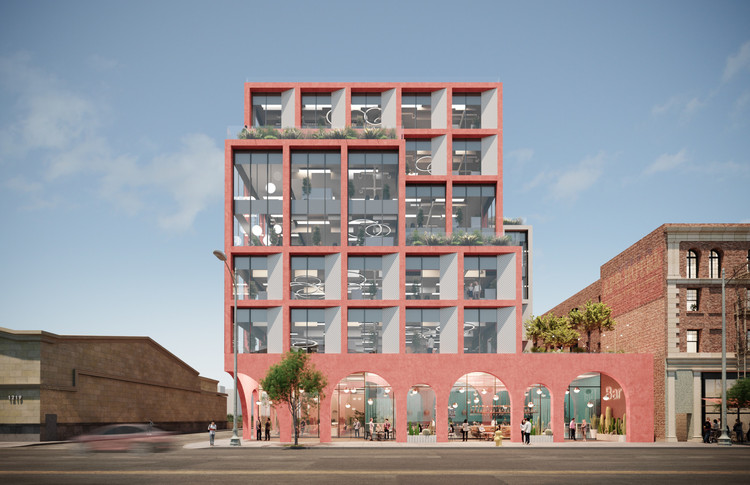
Architecture is defined by the ways people bring spaces to life. For Matthew Ollier, Partner and architect at Hawkins\Brown, the best buildings encourage interaction, collaboration and exchange. Currently, Ollier is leading the development of the firm's expansion into the North American market in Los Angeles. In an interview with ArchDaily, Ollier shares the team's approach to community engagement and building social value.







